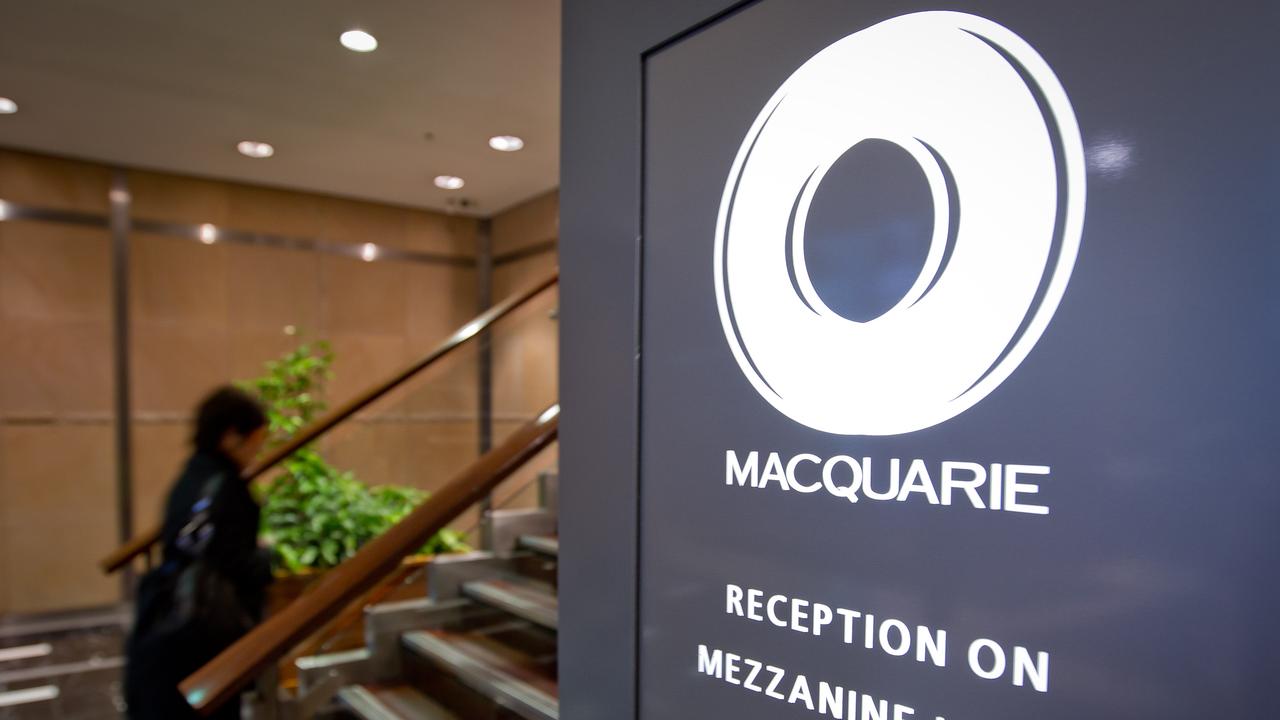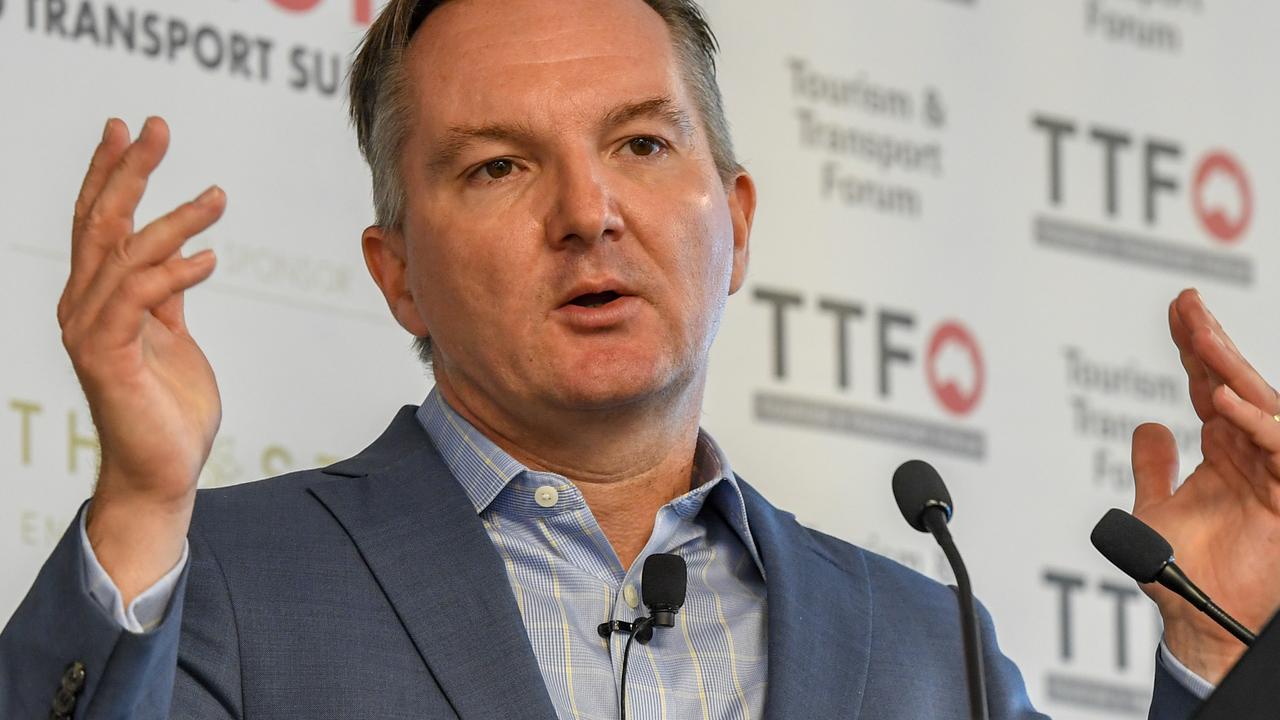
Last night’s arrangements between Saudi Arabia and Russia will go down as a historic turning point in global affairs.
It’s an enormous relief to Australia’s struggling LNG producers and underlines the view of CSL chief executive Paul Perreault that share markets may be too pessimistic about the world outlook.
In itself, the Russian-Saudi deal does not change the depressed oil market significantly. All the two major producers have agreed to do is freeze output. And the deal does not include Iran, which is certainly going to increase output.
What is unusual about the deal is that Saudi Arabia and Russia are on opposite sides of the military conflict in Syria and the deal becomes a potential game changer when put into the context of the ambitious agenda of Russian President Vladimir Putin.
I set out the plan of the Russian President last October following my visit to St Petersburg — albeit in holidays.
At the time, few commentators were looking at the bigger Russian agenda but now it is becoming clearer as pieces of the puzzle come together. And so understanding that base Putin plan becomes important.
Thanks to the blunders of the US in the Middle East, Putin saw a chance to establish a totally new order in the oil market.
The first step was to forge a combination of Russia, Iran, Iraq and Syria in the current Middle East war. We are now seeing that this combination has achieved a great deal of success, although there is a lot further to go. US-style human rights have not been high on the agenda.
Under the plan set out in October, the next step was an alliance in the oil market where the Russia, Iran, Iraq and Syria military alliance would incorporate Saudi Arabia. The US would be left out in the cold.
At the time, the two big question marks were whether Russia would achieve military success in Syria and the willingness of the Saudis to back Russia given that it was opposed to Russia’s partners in the Middle East. Last night’s agreement was therefore a most important step, brought on by the economic imperatives created by the continuing fall in oil prices.
But the grand Putin plan goes much further.
If we go back just over 90 years, the most powerful oil companies in the world, led by Exxon (then Rockefeller’s Standard Oil), BP (then the Anglo-Persian Oil Co), Rothschild’s Shell and others formed a great oil cartel. They split the market up between them. The cartel broke down after the Second World War.
Russia is aiming at a market sharing agreement that has clear similarities to the agreement of the 1920s, but with one important difference — the US is left out.
I emphasise that the new cartel is not yet formed but the master strategist Putin is, step by step, putting all the links in place, including supply arrangements with China and Asian countries.
As Putin sees it, with the American oil industry crippled and, hopefully, ISIS continuing to retreat, the way is clear not only for a different geographic split up of the Middle East but a market-sharing agreement in the oil market.
And as that new world order comes closer, Russia will link it to a deal with Ukraine.
World sharemarkets are anticipating major losses among the wider banking community as a result of the US energy loans and the problems in emerging countries. It is unlikely that the new cartel will send the oil price skyrocketing because that would bring back US and other high cost producers. But a cartel will stabilise the market and contain the losses.
And, as CSL’s chief says, the sentiment of business in Asia, Europe and the US is not consistent with the view that we are about to hit a crisis.
Market fears and the business environment are out of step.
It is ironic that the person who is developing a plan that will alleviate some forces that are contributing to market nervousness is not the US President but rather the Russian President. It’s a strange new world.



